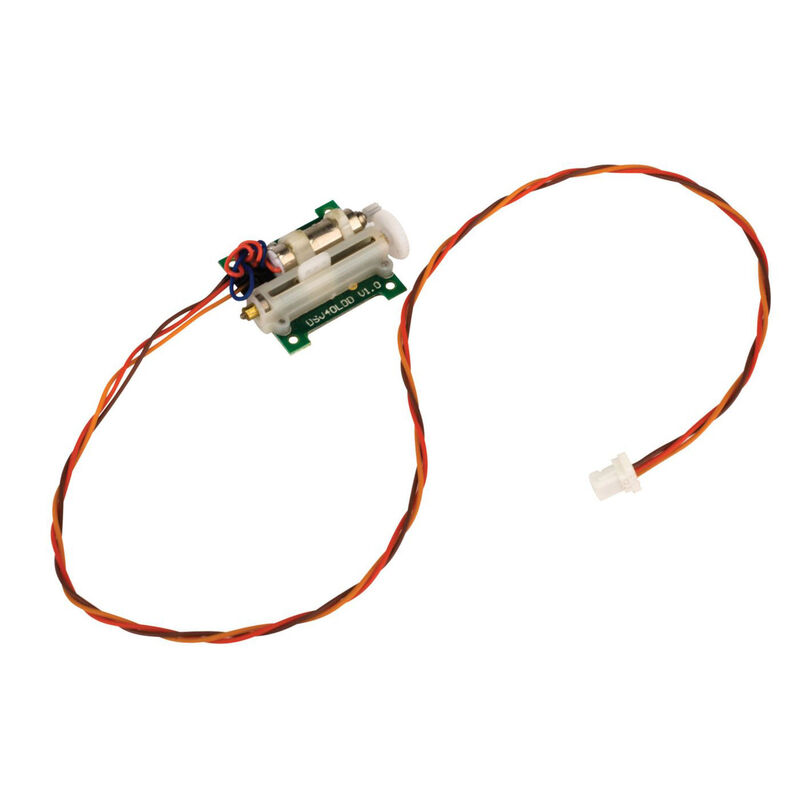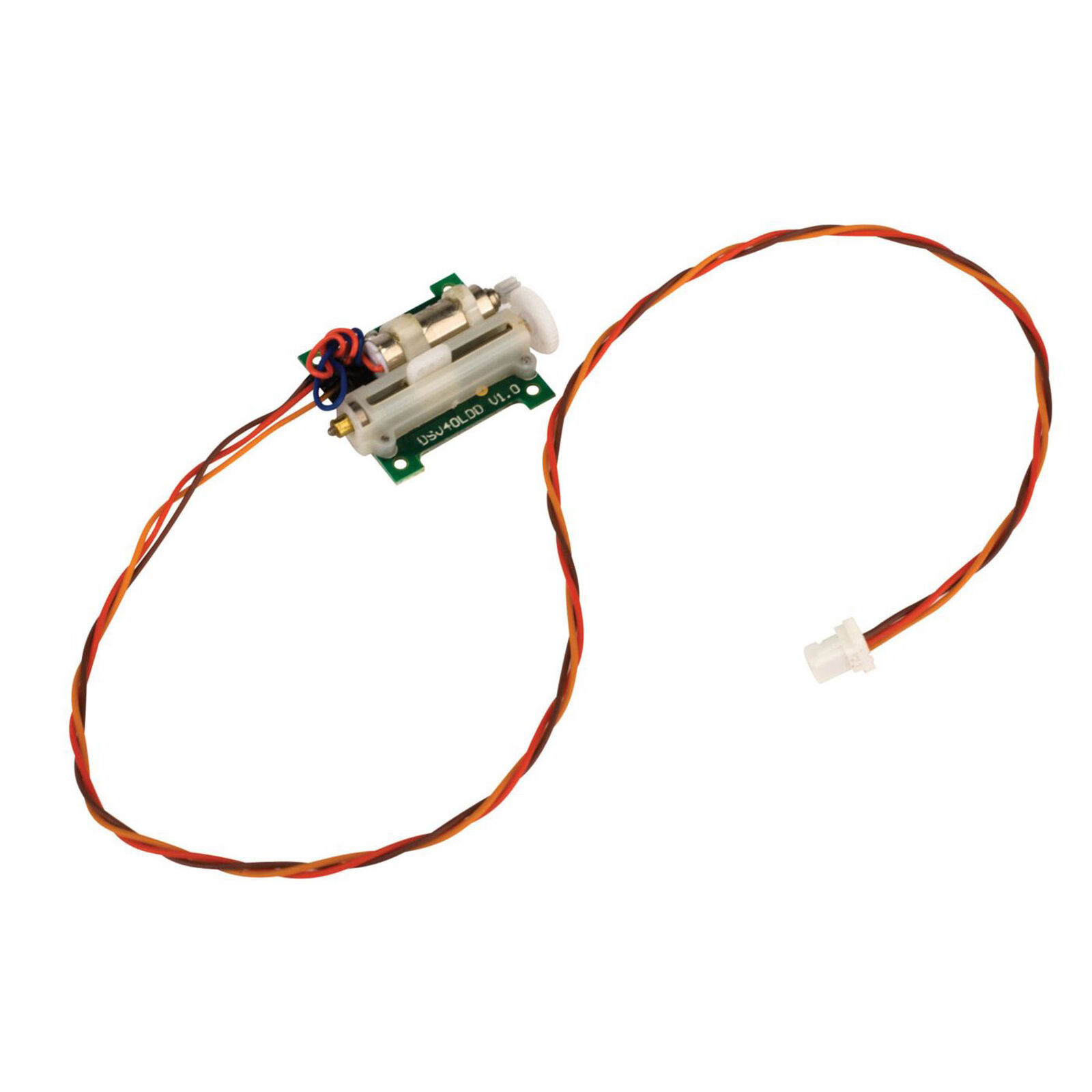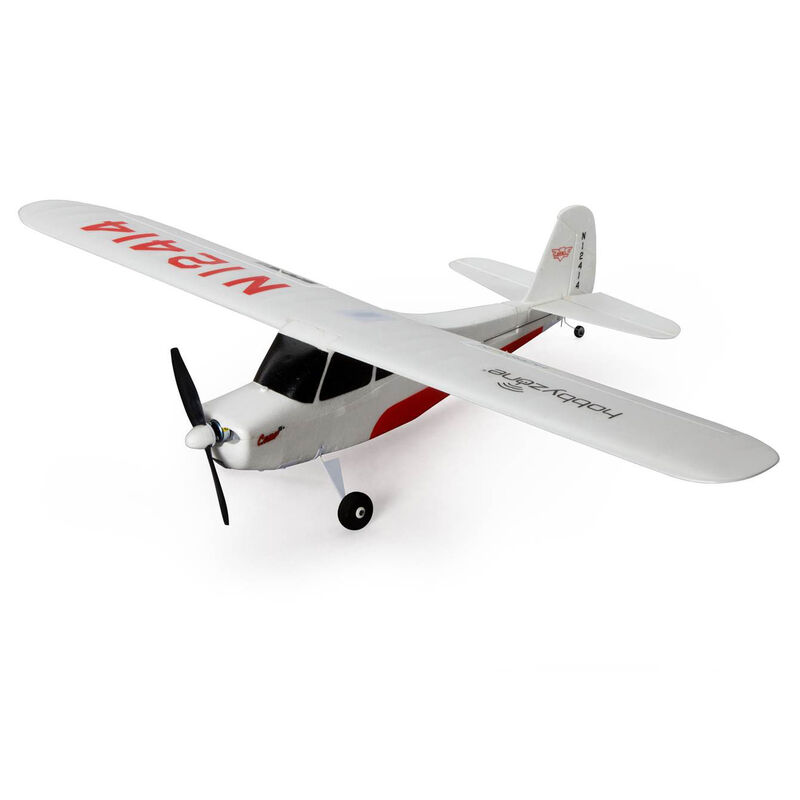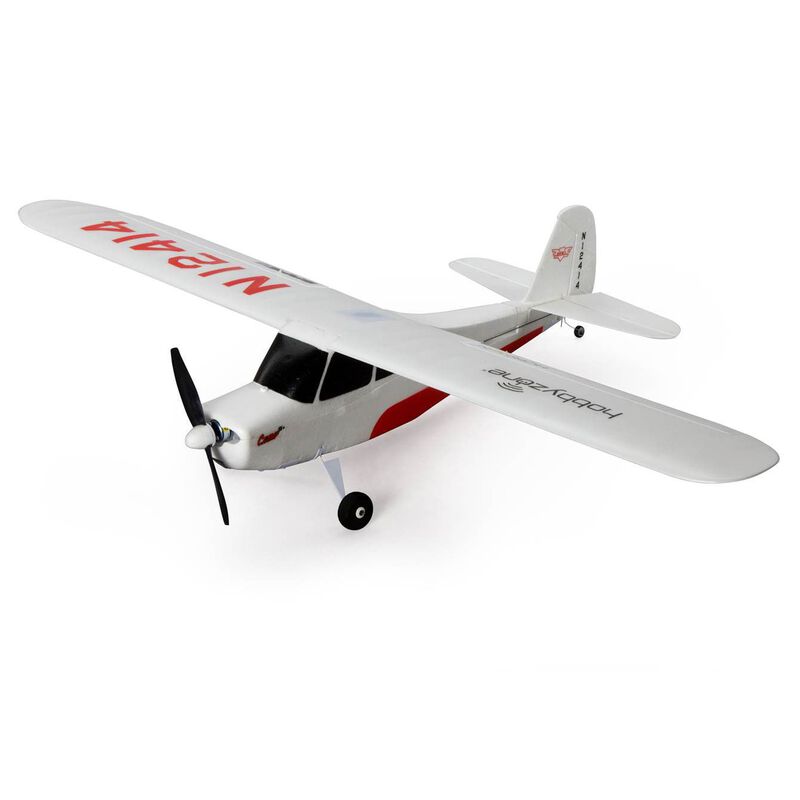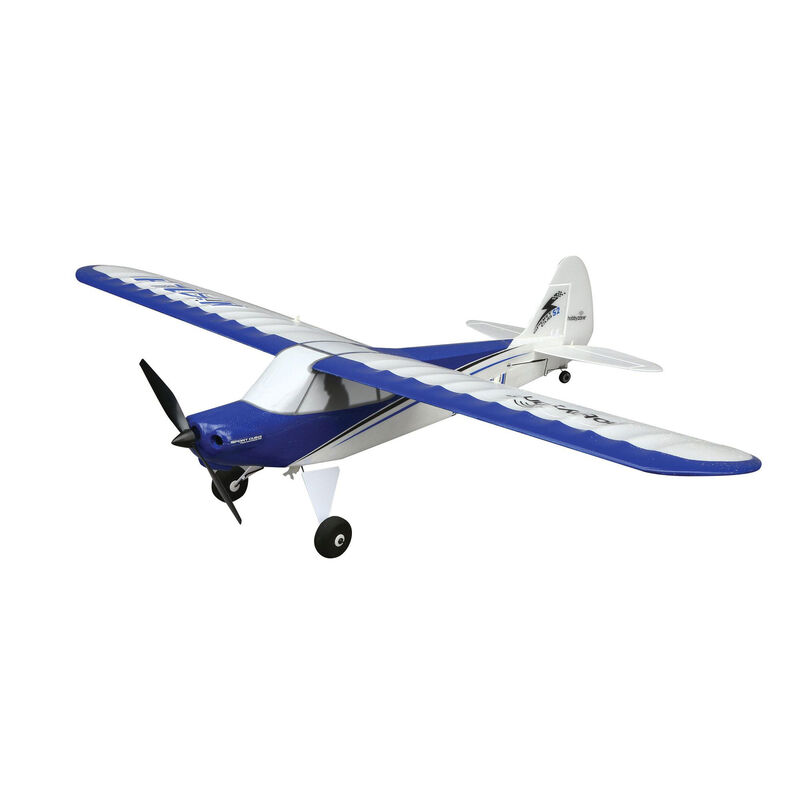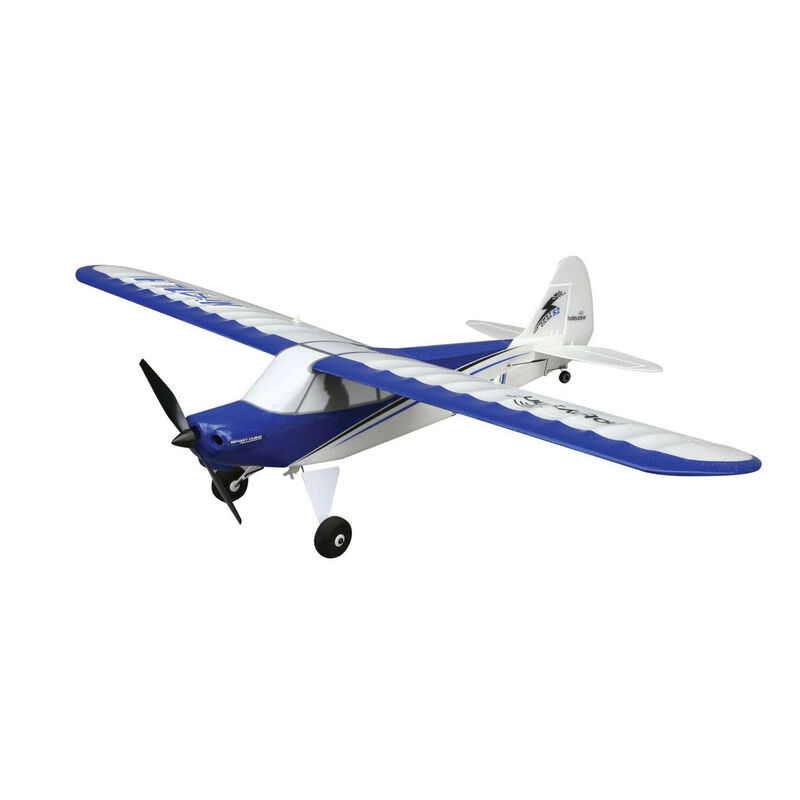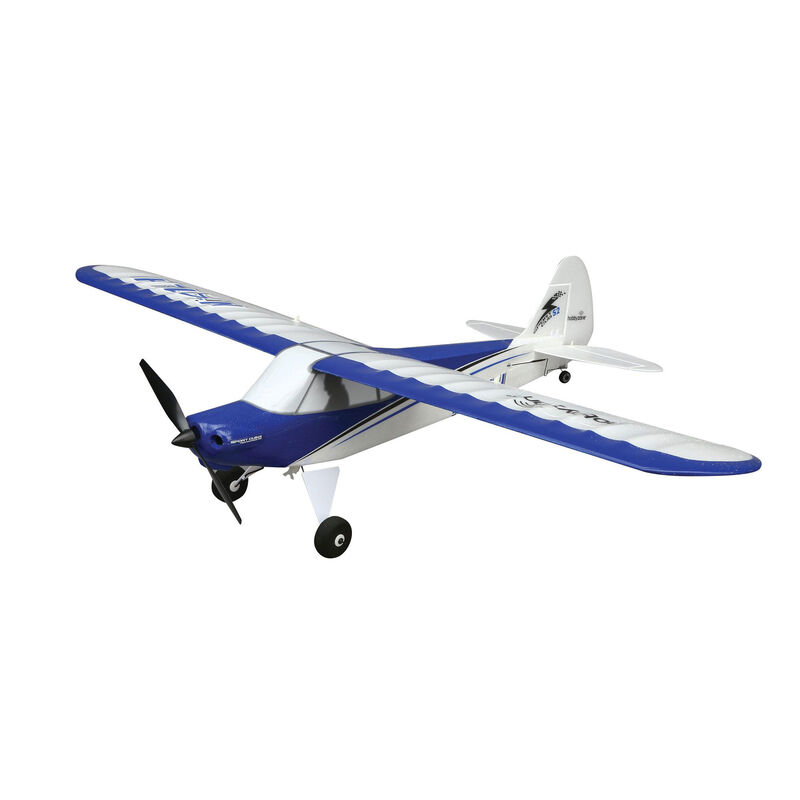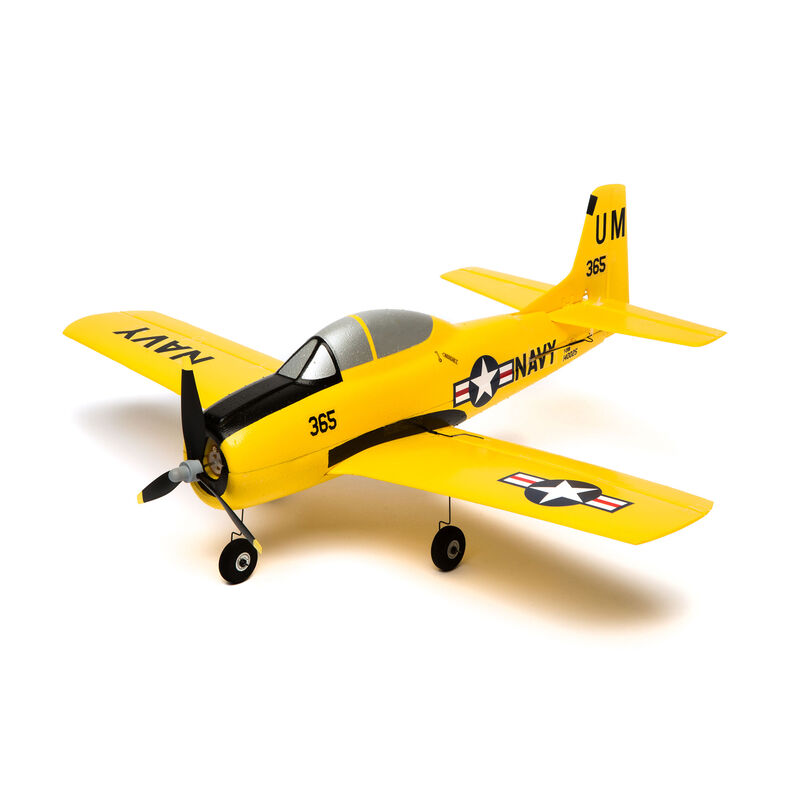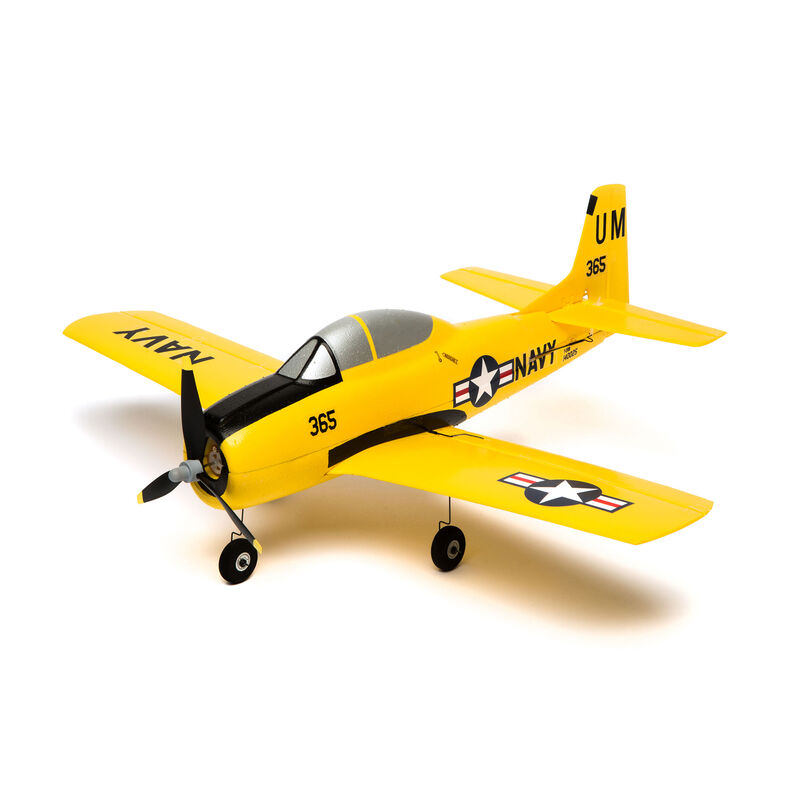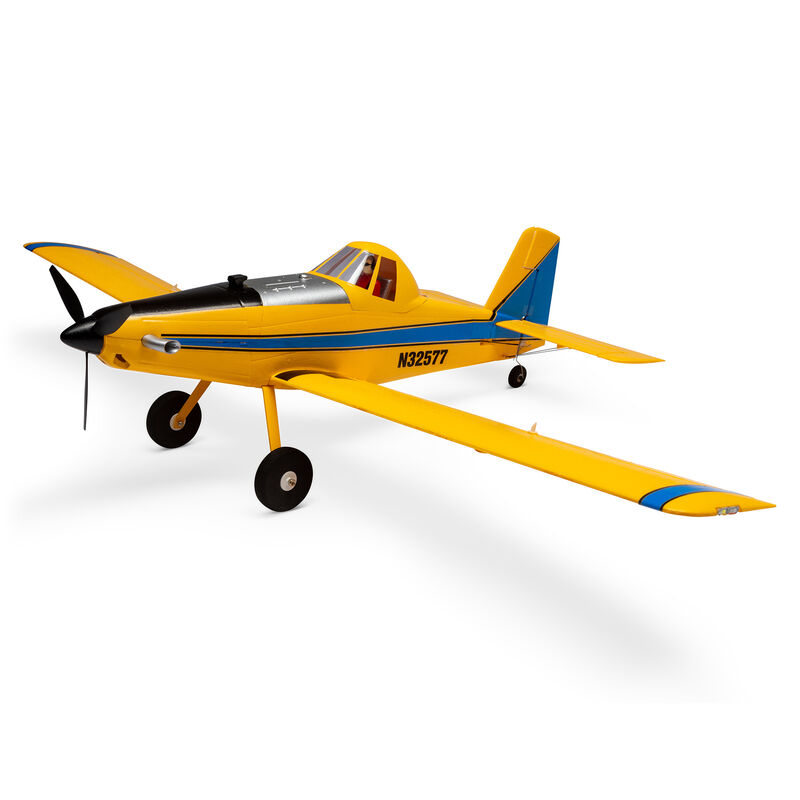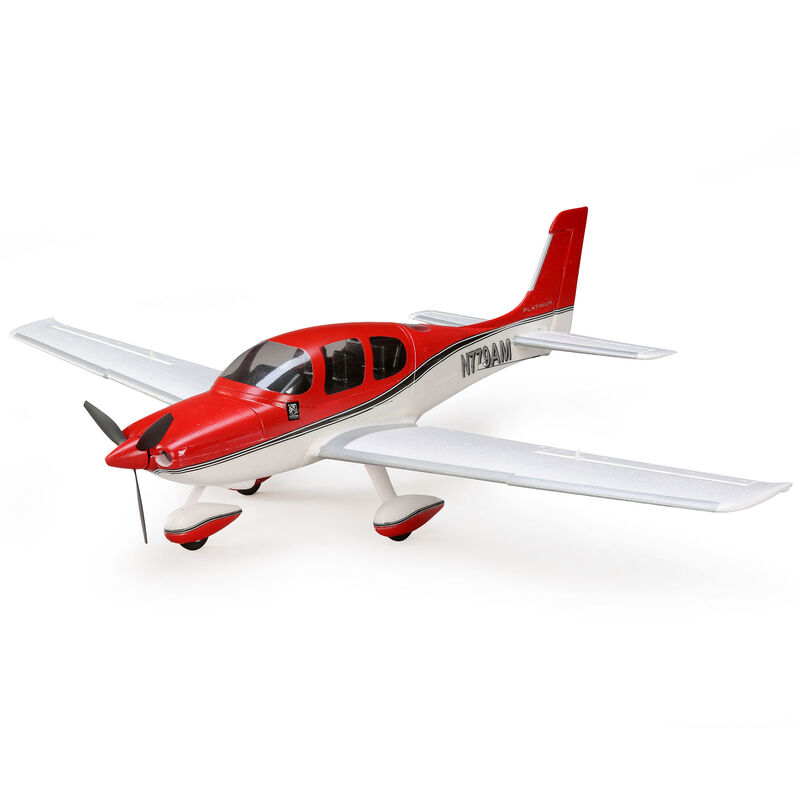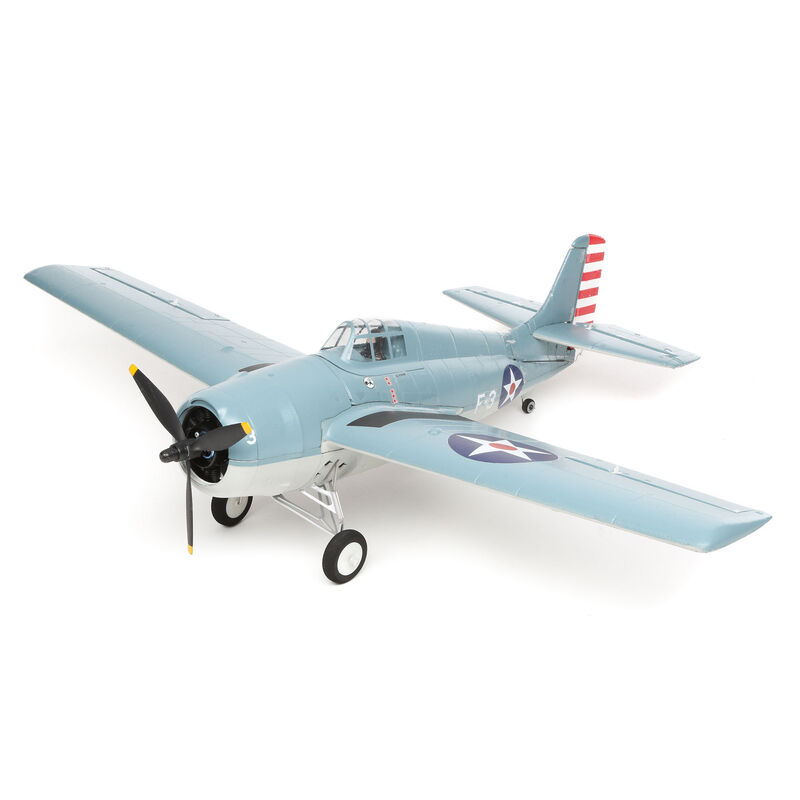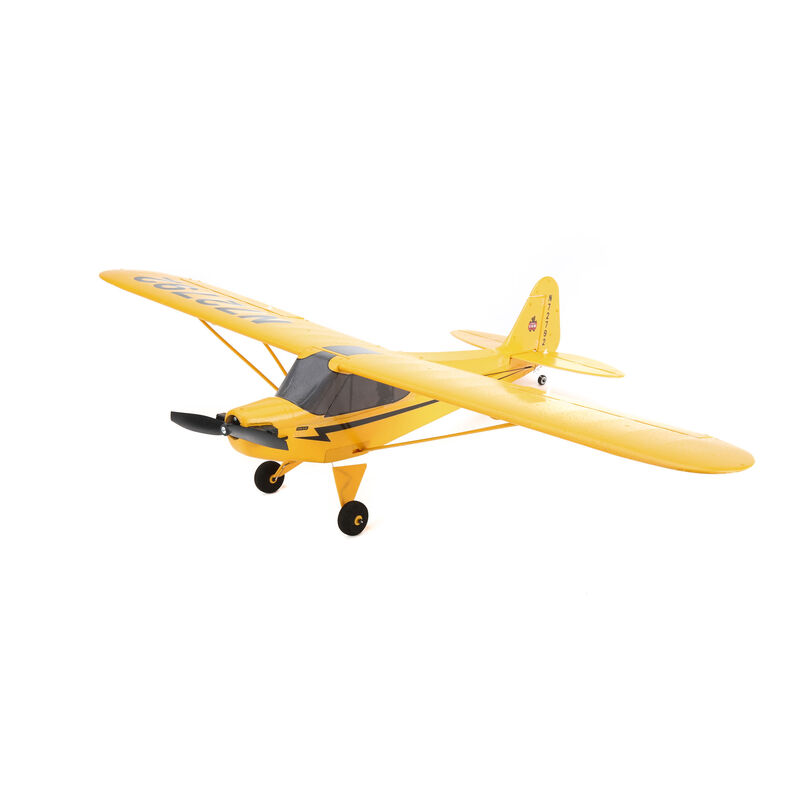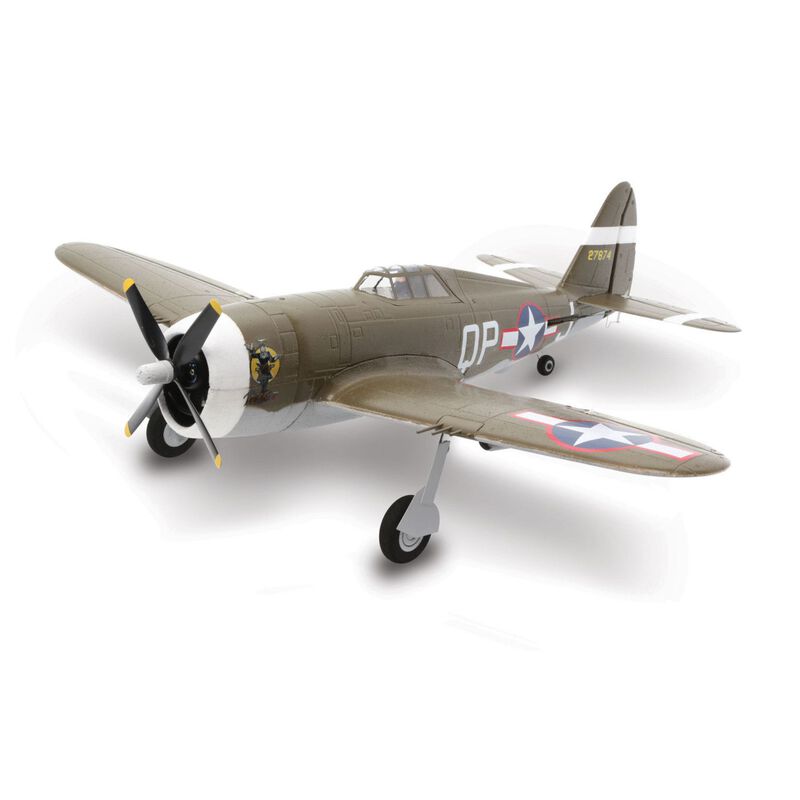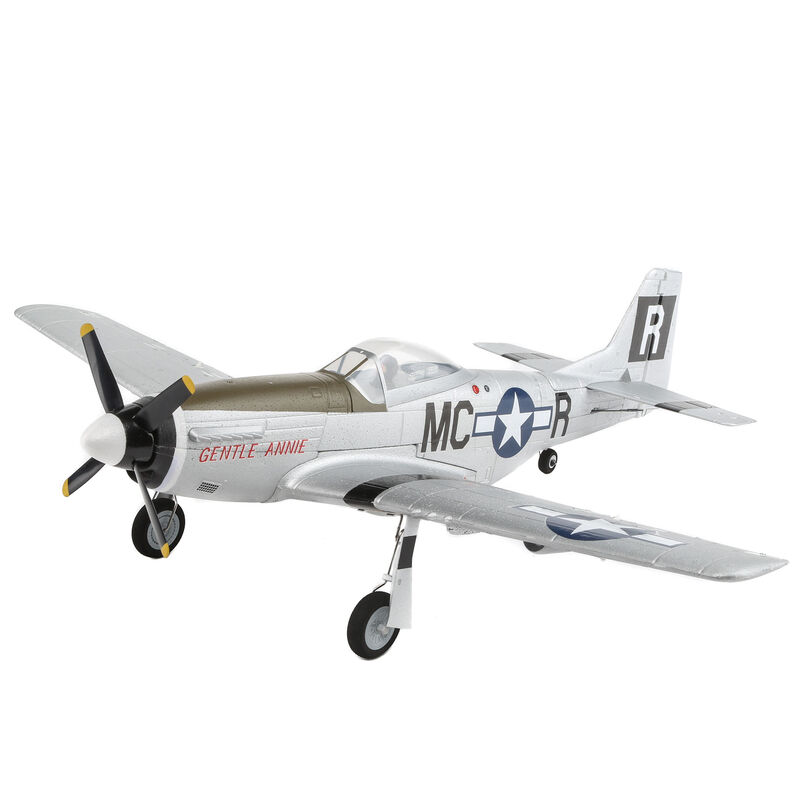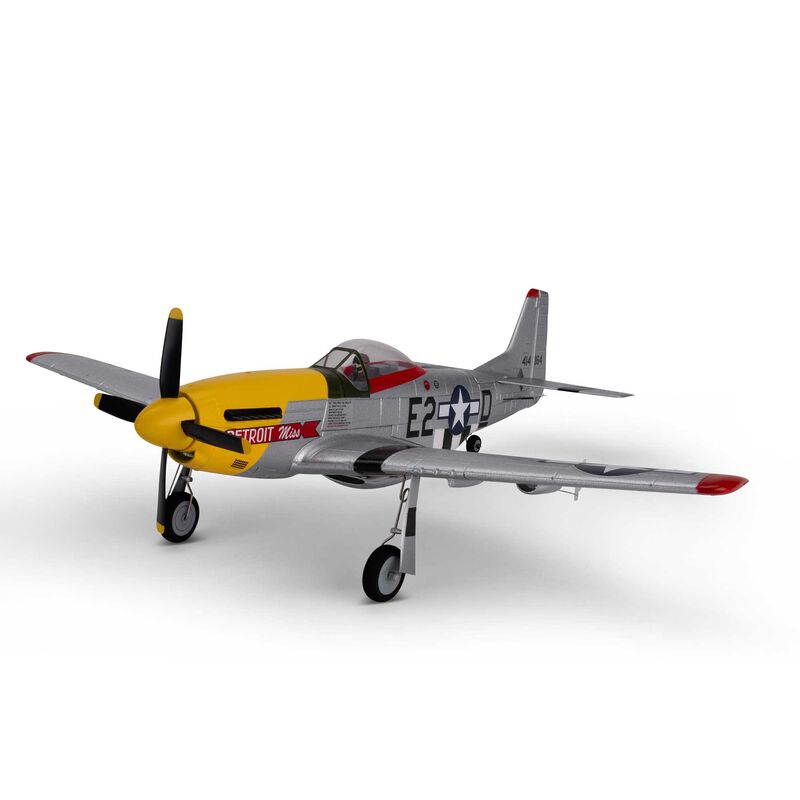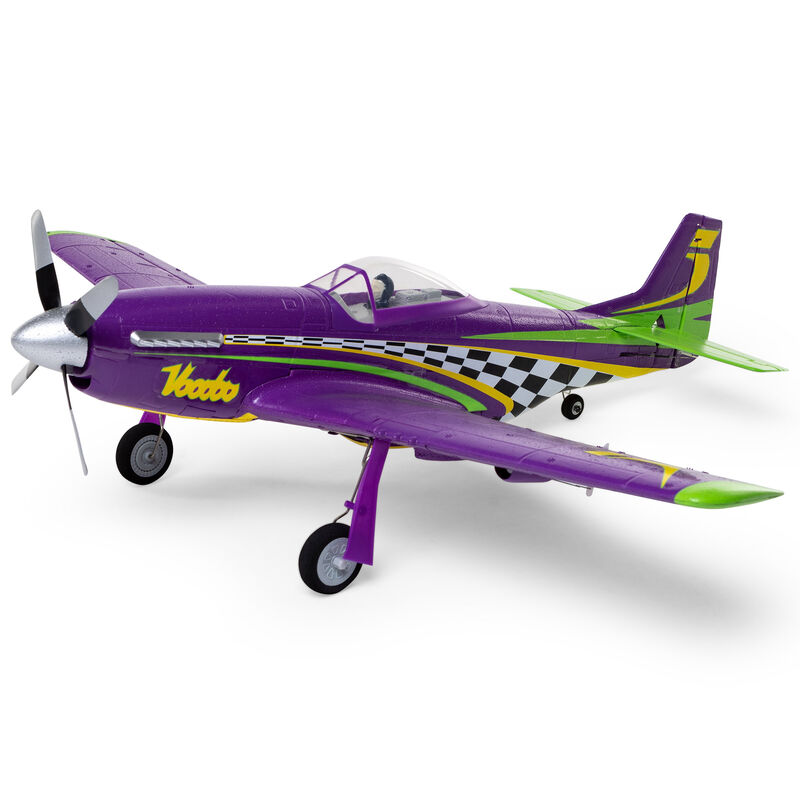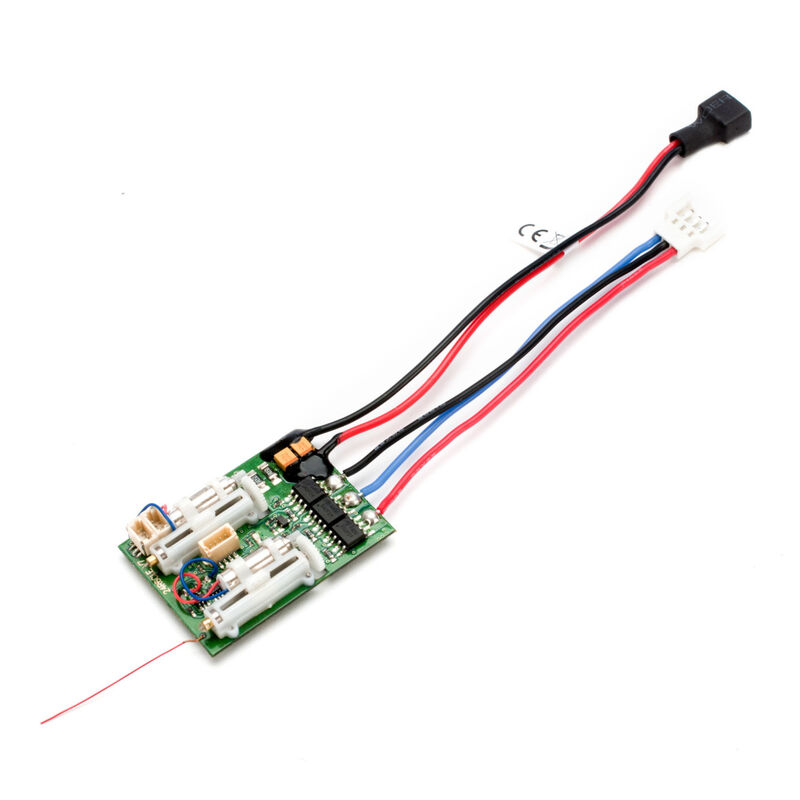Overview
The 2.3-gram Linear Long Throw Offset Servo is a special use servo designed for modelers without computer transmitters who would like to add aileron differential to their ultra micro aircraft. It comes programmed with a 70/30 offset from center and can be used with any Spektrum AR6400-series receiver.
Key Features
- Long throw offset servo is perfect for controlling ailerons on ultra micro models
- Offset provides for built-in differential
- JST-SHR Connector
Detailed Information
Product Specs
Programmable
Servo Size Category
Application
Product Weight
Servo Operating Voltage
Product Width
Motor Type
Bearing
Bushing Or Bearing
Gear Type
Connector Type
Maximum Servo Speed
Product Length
Maximum Servo Torque
Input Voltage
Product Application
Product Height
Servo Type
Compatibility
E-flite - EFLU16450
E-flite - EFLU4350
Spektrum - SPMAR6410LBL
No results for your given fitment filters
Get Info From Communities
FAQ
Suitable adhesives would be products like Deluxe Materials Foam 2 Foam, or beacon FoamTac.
